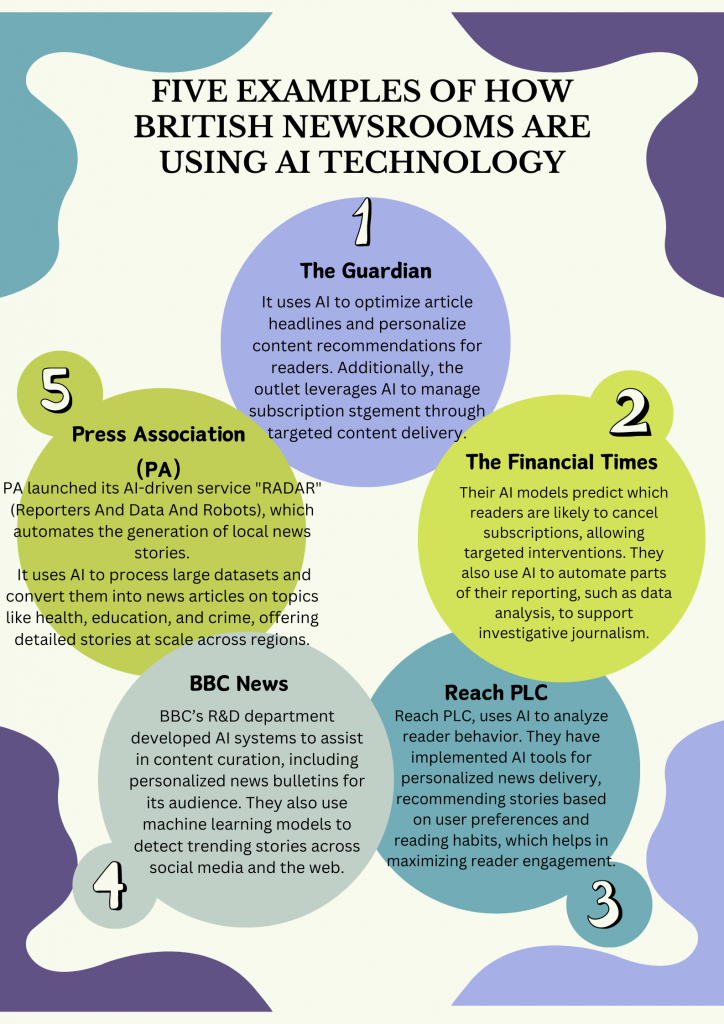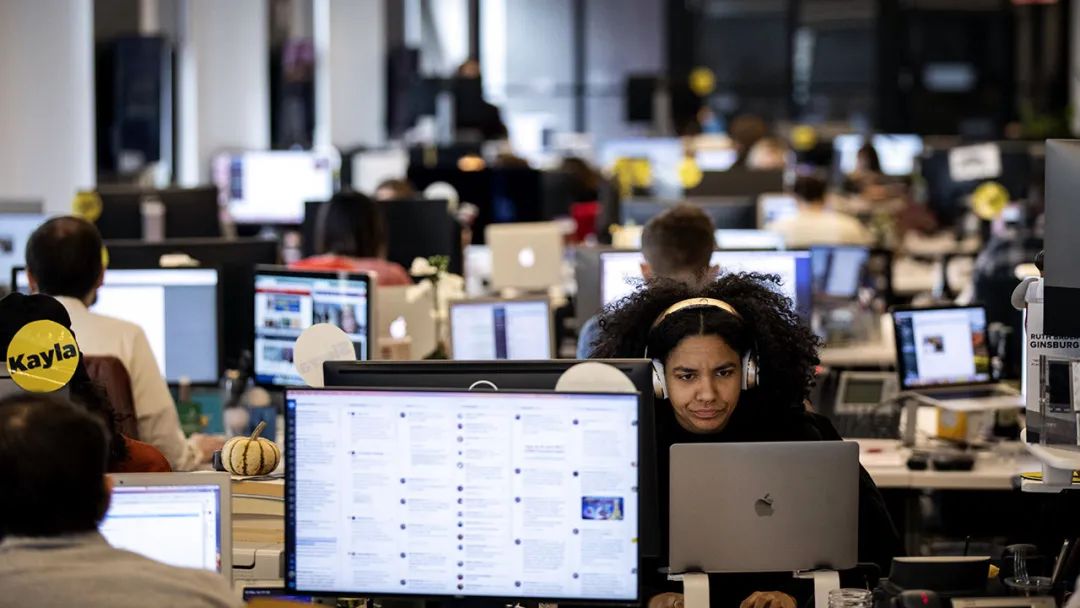The impact of technology has prompted constant upgrades and changes in newsrooms. How do journalists respond in this environment?
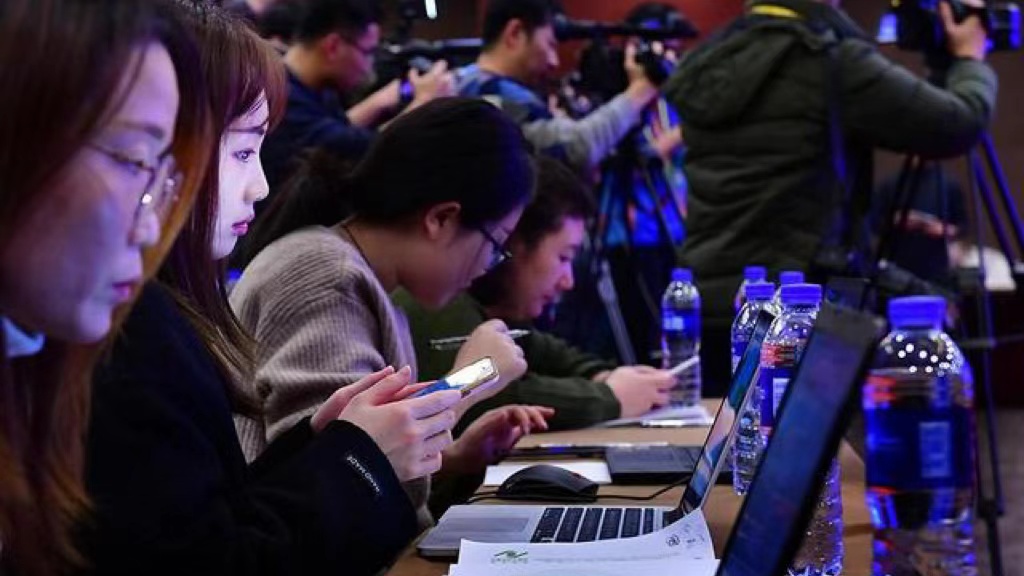
As someone who has been in journalism for more than 40 years and has a strong love for journalism, George Willis has witnessed the development of journalism over the years. But he has come to realize that journalists today are far less hardworking than they were a decade ago.
“I feel like journalists have become ‘introvert,’ they’re not willing to communicate,” George Wills says. He says in the past, reporters needed to go out and collect information anytime and anywhere, but now they can do their work with a mobile phone or computer.
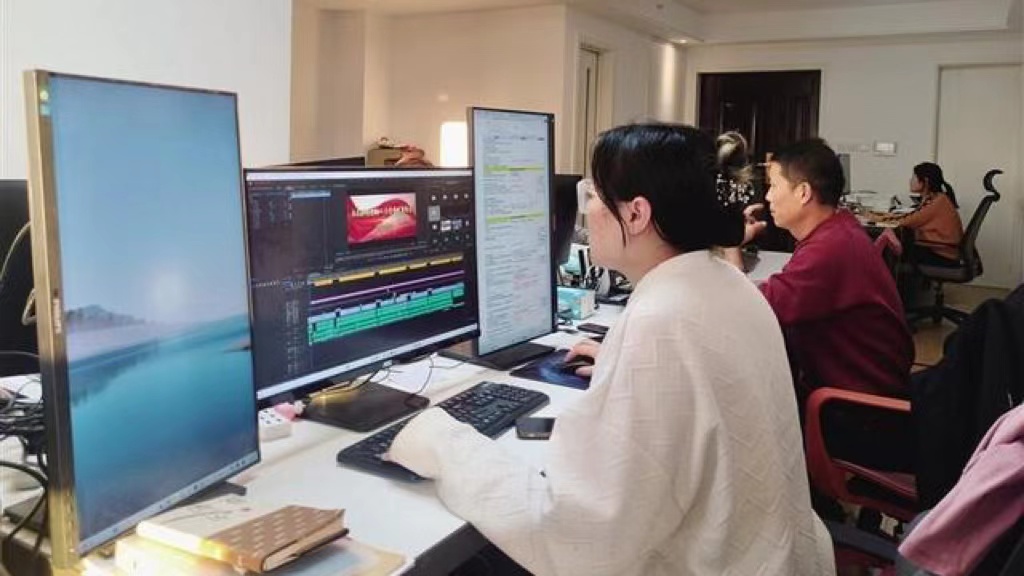
“A computer or a phone is enough for a journalist to write a vivid story, even if he doesn’t see it,” says George, “there are even journalists who are piecing together information from the Internet, which is really bad.”
“journalists have gotten lazy. Instead of making a phone call, they take something from YouTube or Twitter as a source. There more information being shared than ever, but not always in a professional manner. It’s easier in that instead of spending hours researching a subject you can do it on minutes, but that should create a more efficient thorough result, ” he says,
The direct cause of this phenomenon is the change of the working environment of journalists. Reporters used to rely on their own clues to collect, and now, journalists have become waiting for artificial intelligence and other technologies to collect data.
“There is no doubt that AI has revolutionized the way journalists work. It simplifies every aspect of the industry, from research and data collection to content creation and distribution, ” said Fidelis Zengeza Zvomuya, a freelance journalist.
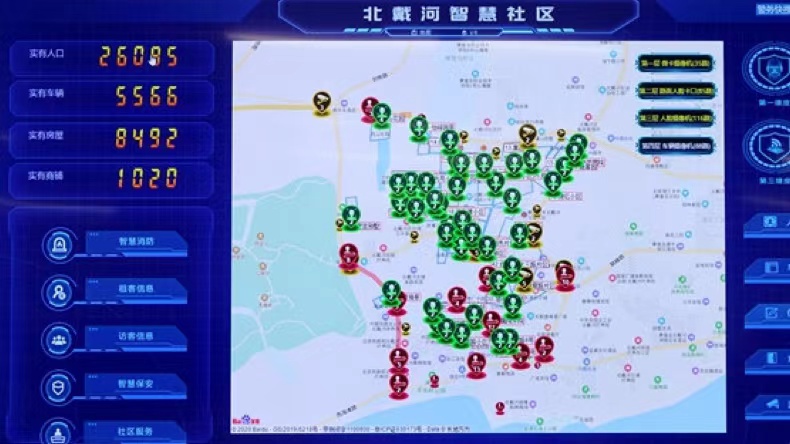
There are a variety of ways journalists can use technologies such as artificial intelligence to help them write stories. For example, use Grammerly to fix content and reduce errors, or Chat GPT to generate images and tables.
“I often need to place charts on my news pages that are more professional or appealing to the public. AI really helps me lighten the workload, usually I just need to input my data and get a graph that is interesting to watch, maybe in a few seconds, ” said Fidelis Zengeza Zvomuya.
“It’s a good tool, and AI technology has certainly changed the way journalists work and their habits, but I don’t think at this stage AI technology will threaten journalists’ work, in fact, it will allow journalists more time to focus on content creation,” he says.
British journalist Keenan Briscoe also said that artificial intelligence technology in enhancing the working efficiency of the reporters, reduces the error rate in the process of news production.
“AI technology allows us to use it to watch, to say. A city council meeting that is usually boring, sometimes lasting four hours, sometimes stopping frequently to take notes or quotes, and so on,” he says.

“If we were to cover a more meaningful story, we would write a general overview. AI can also be used for spelling or grammar scanning, ” says Keenan Briscoe.
And Keenan Briscoe said reporters at the present stage does not need to fear about whether the artificial intelligence technology will replace human or not.
“That’s because at the end of the work day, you still need a human to check whatever the AI produces so it doesn’t take away jobs. Because I don’t think AI will ever work as efficiently as the human brain in the field of news writing, ” he says.
Therefore, in the digital era, journalists tend to use new technologies to assist in the process of news creation, which can not only help journalists produce news more efficiently and quickly, but also help journalists seize more time to release the latest news.
As Felix M. Simon points out in the Columbia Journalism Review, AI technologies may not help journalists dig deeper into the news, but they can help them save time.
In the past, time pressures faced by journalists stemmed from the pressure of news release deadlines, such as the fixed publication time of traditional newspapers or the fixed daily broadcast time of television news.
But the time pressure on journalists today comes from multimedia platforms such as Facebook or Twitter. News is no longer delivered to the public at a fixed time and in a fixed way, but is constantly updated and transmitted on the Internet.
Especially in the face of unexpected events, people prefer to use social media to search for information.
“I don’t have a fixed news app, I usually like to watch the latest news. For example, I often search for news or keywords on Twitter or Tiktok to see which gives me the latest news, it’s very fast, “said Kapita, a social media software user.

This means that journalists in the past news production, news release pace has been disrupted, now they face more intense news release time pressure.
Not only has the pace of journalists’ work changed, but so has the newsroom in which they work. Technologies such as artificial intelligence are starting to find their way into newsrooms.
The digital newsroom has become a revolutionary trend in the contemporary media industry. “More and more intelligent computer technology is being used in news production projects,” said Silu Zhang, who works in the BBC’s broadcasting department.
“There are more and more fully automated equipment in the studio, from fully automatic orbit cameras to large screens and virtual studios designed for multimedia interaction,” he says.
“In the newsroom, automation has become a big feature of it. We can use the AI-assisted content management system more in the newsroom, which enables quick search of the material library and long-term planning of news content, “said Silu Zhang.
This is because while AI technology can enhance newsrooms, it can streamline media workflows and allow journalists to focus more on what they do well. For example, the BBC’s Juicer can monitor news sources in multiple languages and even extract the highlights of news articles directly.
The advent of automated newsrooms has also reduced the workload of journalists. For example, the BBC subscribes the Arria Studio, an online platform that helps journalists design their own news templates based on user preferences.
Traditional newsrooms are gradually changing to automated newsrooms, in which the work of journalists is becoming more modern and convenient.
“As a journalist for 34 years, I’ve seen newsrooms change dramatically,” says Manzoor Ahamed, who works for one of India’s most popular newspaper enterprises.
“journalism has moved from the era of typewriters and film editing to a digital world where news is delivered all the day,” he says.
“The emergence of digital technology to the journalism has brought the revolutionary change, this is admirable, I am very honored to witness the changes. In the past, the reporter to create news content is mainly transmitted to readers by means of printed or broadcast, such as creating typewriters were older than me, even the last printed newspaper will manual sorting.”
“Today, the newsroom I work in is an unprecedented ‘landscape’ where journalists can use advanced software to write, edit and publish on multiple platforms, and even independently publish news content outside of the newsroom, which is also a benefit for our industry,” he said.
But it also means that the media industry in the digital age is making more demands on journalists. In the past, journalists, as high-quality talents, needed to have a certain ability to write news, but now, the whole society and media environment needs journalists to become compound talents.

The requirement for interdisciplinary talents is that journalists must know how to use electronic devices, social media platforms, and various applications, which is also the digital literacy advocated in the digital age.
“Yes, journalists are always learning, and as I’ve done over the last 30 years, from learning typewriters to printing and now electronics, the role of a journalist has to keep pace with the development of society so that the news you present can be seen by as many people as possible,” says Manzoor Ahamed.
According to the Reuters Institute, social media networks have become the primary way for about 75 percent of the world’s population to get news. Manzoor also said that digital information has become the main way journalists disseminate news.
On the issue of journalist training, Manzor Ahmed said, “Today’s newsroom is a dynamic environment, and journalists must be diverse to adapt to it.”
Therefore, for the training of journalists in the digital age, news media organizations have also begun to develop corresponding training plans.
“Now when we recruit new people at our TV station, in addition to the traditional theory examination and interview, we also need to conduct unified new media training, such as news special effects production, multimedia platform news release, news data mining and aggregation,” said Li Hang, a reporter from Mudanjiang local TV station in China.
“Theory is important, but if new people can’t practice, especially with new technology, they will be eliminated from the industry,” he added.
The BBC has also developed a training system for journalists—the BBC Academy. “Electronic copyright, digital archives, virtual video production guides, these are all things you can find in the BBC Academy, which is what journalists have to learn to enter the field of journalism,” Silu Zhang says.
https://www.youtube.com/watch?v=Ij8il_xy6is&list=PLfrPxedFhjY6Hudqlw7lRBP7HnoX5LC4p
AI technology has gradually infiltrated most of the procedures in the daily work of journalists, and journalists are constantly learning in order to meet the upgrades brought by technology.
“The BBC is very comprehensive in its training of journalists, both in theory and practice, and now the theoretical knowledge related to artificial intelligence has entered the necessary learning category of media majors to further cultivate composite news talents for the whole society,” Silu Zhang says.
But whether journalists should panic about the changes in the news industry brought about by artificial intelligence technology?
Alan Kirk, a former Scottish local newspaper editor, said that artificial intelligence technology has indeed changed the way and speed of the development of the entire news industry, but ultimately the technology is still in the hands of people.
“Other than checking, I don’t think there are many ways for journalists to use AI. Artificial intelligence is just advanced number crunching. Journalism involves gathering information before it enters any database. It involves human interaction, whether it’s the victim of a robbery or an interview with a movie star, ” says Alan Kirk.
Alan said artificial intelligence is no substitute for humans, especially in the field of news creation. “It’s possible to send Taylor Swift a list of questions and have an AI program write a story, but it’s not possible for a computer to pick out those exciting ideas on the spot that no one has heard before and give you a front-page exclusive,” Alan added.
The unique capture point and perception of journalists for news events and the novelty of news creation angle cannot be replaced by artificial intelligence technology.
However, artificial intelligence technology not only helps journalists to produce news to a certain extent, but also encourages journalists to improve their skills.
Fidelis Zengeza Zvomuya, a freelance journalist, who has an optimistic view of artificial intelligence technology entering the news space says: “there is no doubt that AI has revolutionized the way journalists work. It simplifies every aspect of the industry, from research and data collection to content creation and distribution. “
“While some journalists may feel overwhelmed by the constant advances in artificial technology, I believe this has prompted them to adapt and improve their skills, ” says Fidelis Zengeza Zvomuya.
Technology of journalism upgrade, the reporters in the changes of news production and creative environment continues to face new challenges and learn new skills to deal with. Journalism has also evolved with the digital age, not out of date. However, the long-term development of news remains difficult to predict.
“Predicting the future of journalism is difficult because news gathering is extremely labor-intensive and therefore costly. News outlets burn a lot of money, and in order to survive and thrive, they have to make it back somehow. Only by finding a profit model can journalism survive in a valuable form. The jury is still out worldwide, and AI is one of the imponderables, ” says Alan Kirk.
